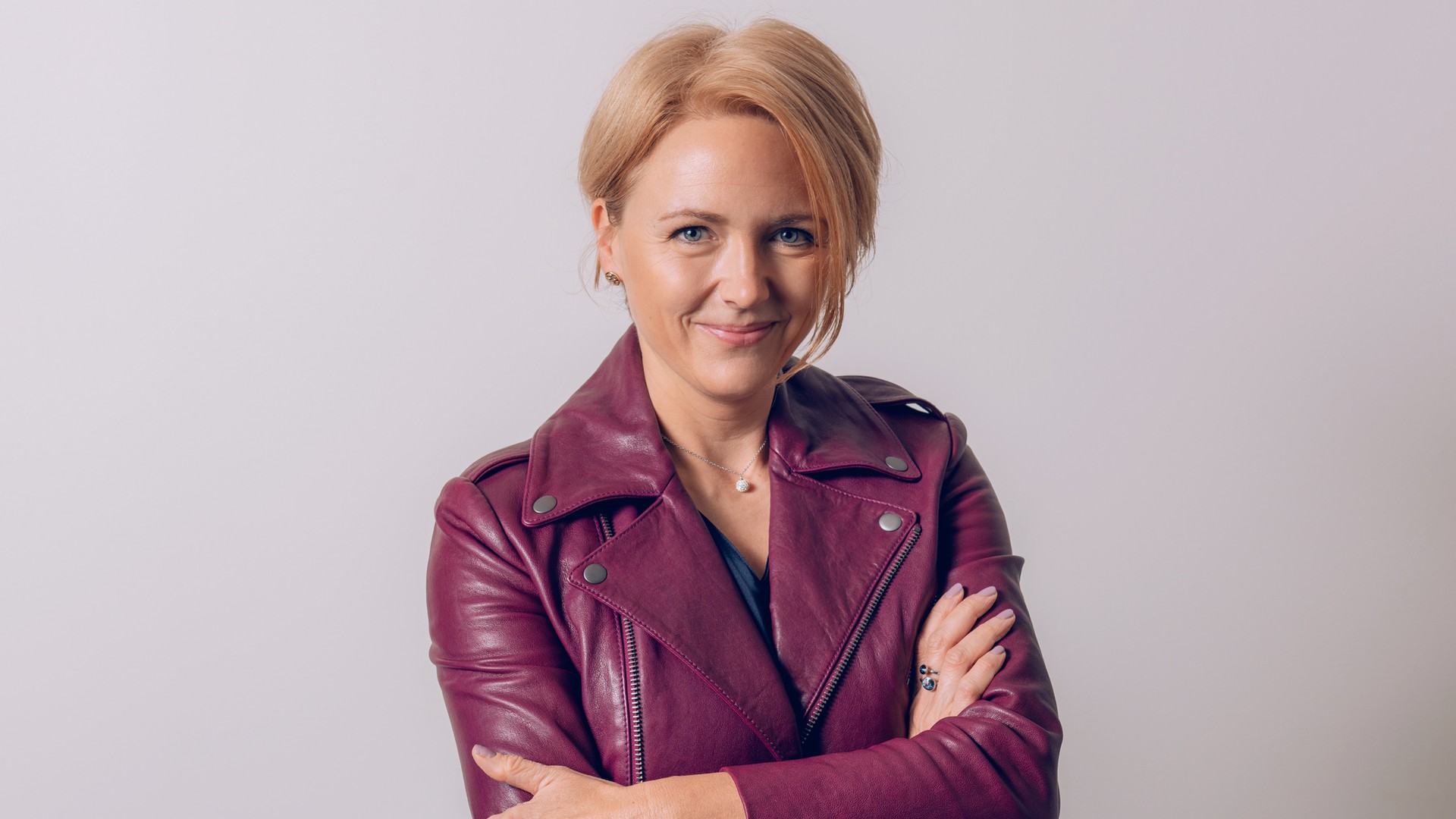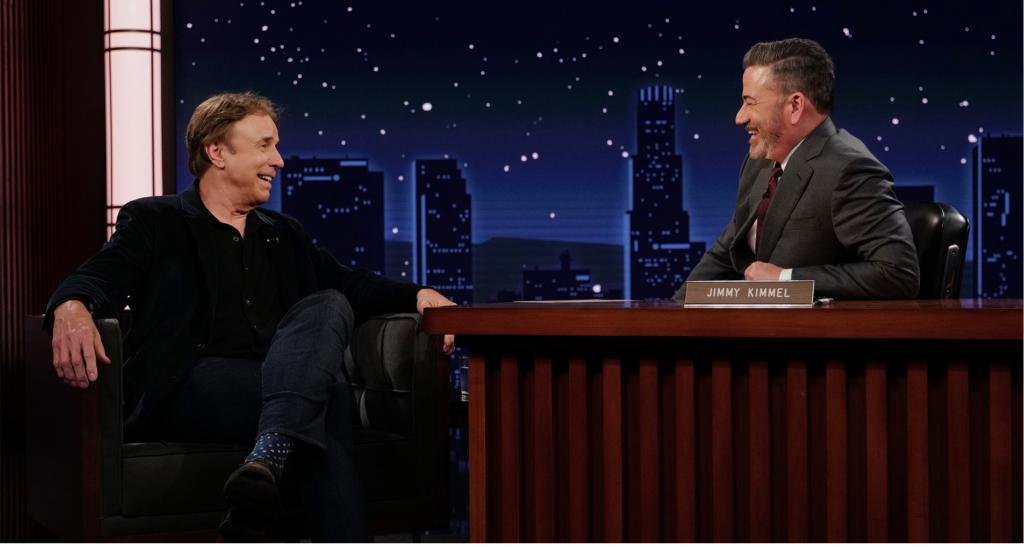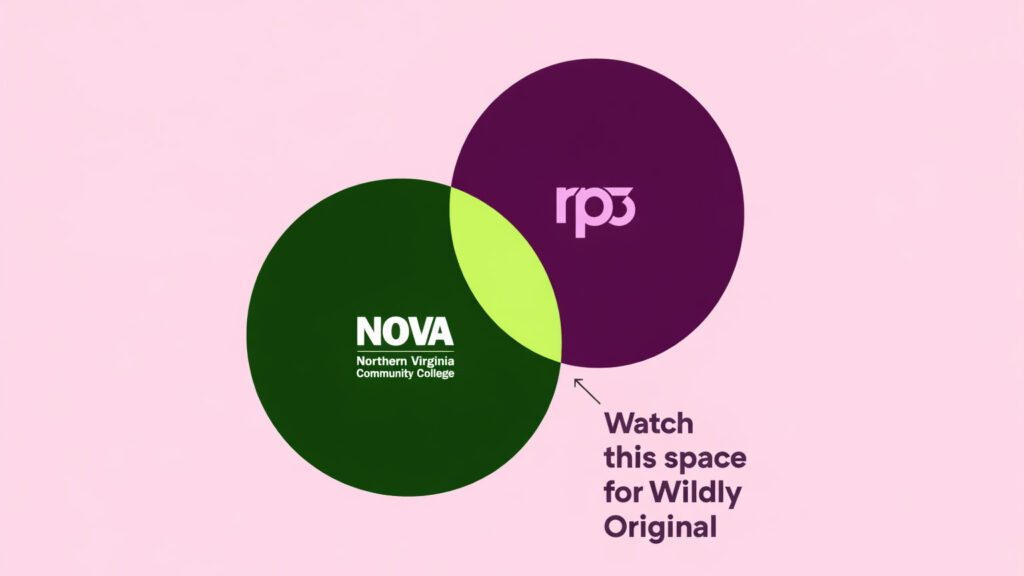
Consumer Culture in Flux: Fuel for Thought #3
By: Maja Husar
How can brands contribute to reducing racism? A few lessons from behavioral science.
Racial discrimination and anti-racism protests have taken over society’s attention in recent weeks, pushing the pandemic and economic downturn into the background. The vast majority of white Americans (73%, Harris Insights) admit there is systemic racism in America. But there is hope.
Three of four Americans also believe that this moment in the racial equality movement “feels different” than it has in the past (Harris Insights). And the majority of Americans expect brands to play a key role in addressing racial justice (68%, Mindshare) and are more likely to support brands who take meaningful actions to address it (67%, Mindshare).
That puts significant responsibility on the shoulders of brand managers/marketers/communicators who are uniquely positioned to influence shifts in human behavior. Marketing messages make or break stereotypes and shape culture, and the communications industry has a huge impact on how audiences view those around them. Throughout the years, we have seen some successful ways marketers have changed people’s behaviors, from quitting smoking or drinking more milk, to being more accepting of one’s physical appearance.
Racism, however, is an unparalleled challenge. It’s rooted in our subconscious, as is 98% of our thinking (Prof. Gazzaniga’s research, Society for Neuroscience). As we are exposed to direct and indirect messages throughout our life, our brains create mental “shortcuts” (called unconscious biases) to help process the overload of information. Unless disrupted, such biases embedded in our brains can turn into discrimination. And they influence our behavior whether or not we mean for them to do so. Most people are not knowingly racist, as Implicit Attitude Tests (IAT) have made us realize. You can test your own bias on Harvard's Project Implicit website. In one study, 62% of people reported no explicit preference for white versus black people; however, 59% showed evidence of favoring white over black people in their implicit attitudes (“The best way to measure explicit racial attitudes is to ask about them,” Social Psychological and Personality Science).
In search of solutions that could help reduce racism, we’ve turned to insights from the social and behavioral sciences and have identified a few behavioral interventions that more naturally lend themselves to advertising and communications.
Make the unconscious bias conscious.
When one’s assumption is challenged, it can be an eye-opening moment. Making us realize the power of unconscious bias to influence our behavior is a necessary first step toward making a real change. A great example of that is the “Love Has No Labels” campaign by the U.S. Ad Council, which has been professing a clear message: “Be aware of the biases you didn't even know you had.” Another example could be the series of TV spots in which Prudential has partnered with Professor Daniel Gilbert to help people realize what’s stopping them from saving enough for their retirement. One of the spots, “Ribbon Experiment,” has exposed the optimism bias and made people realize how much it misguides their approach to saving.
Take a first-person perspective.
Taking an intimate, first-person perspective of a member of a stereotyped group creates psychological closeness and decreases stereotyping. “Humans of New York” is a collection of stories that does just that. One by one, these truly intimate stories help us better understand people of races different from ours and change the way we see each other.
Create impactful work to encourage cultural change.
Biases are formed by exposure to direct and indirect messages around us. Culture, particularly the reflections of our lives on TV and in other media, has a huge influence on our perceptions of out-groups (groups different from the ones we associate ourselves with). Which leads us to another potential intervention – encouraging less prejudiced culture by creating content that truly embraces diversity and challenges stereotypes. Famously by now, the TV series “Will & Grace” and “Glee” made our society more accepting of the LGBT community. And making positive, counter-stereotypic images more visible is not limited to a TV series. Even a simple ad can challenge stereotypes and contribute to decreasing racial bias. A few years ago, Cheerios ran one of the first ads depicting a mixed race couple. It drew fierce backlash but reset expectations and now such depictions are common.
Racial biases exist and changing them is going to be difficult. But, as communicators and creators, we have a unique opportunity to leverage existing behavioral science and create impactful work that moves people and changes how we interact with each other for good.
Let's make some good.
Drop us a line



